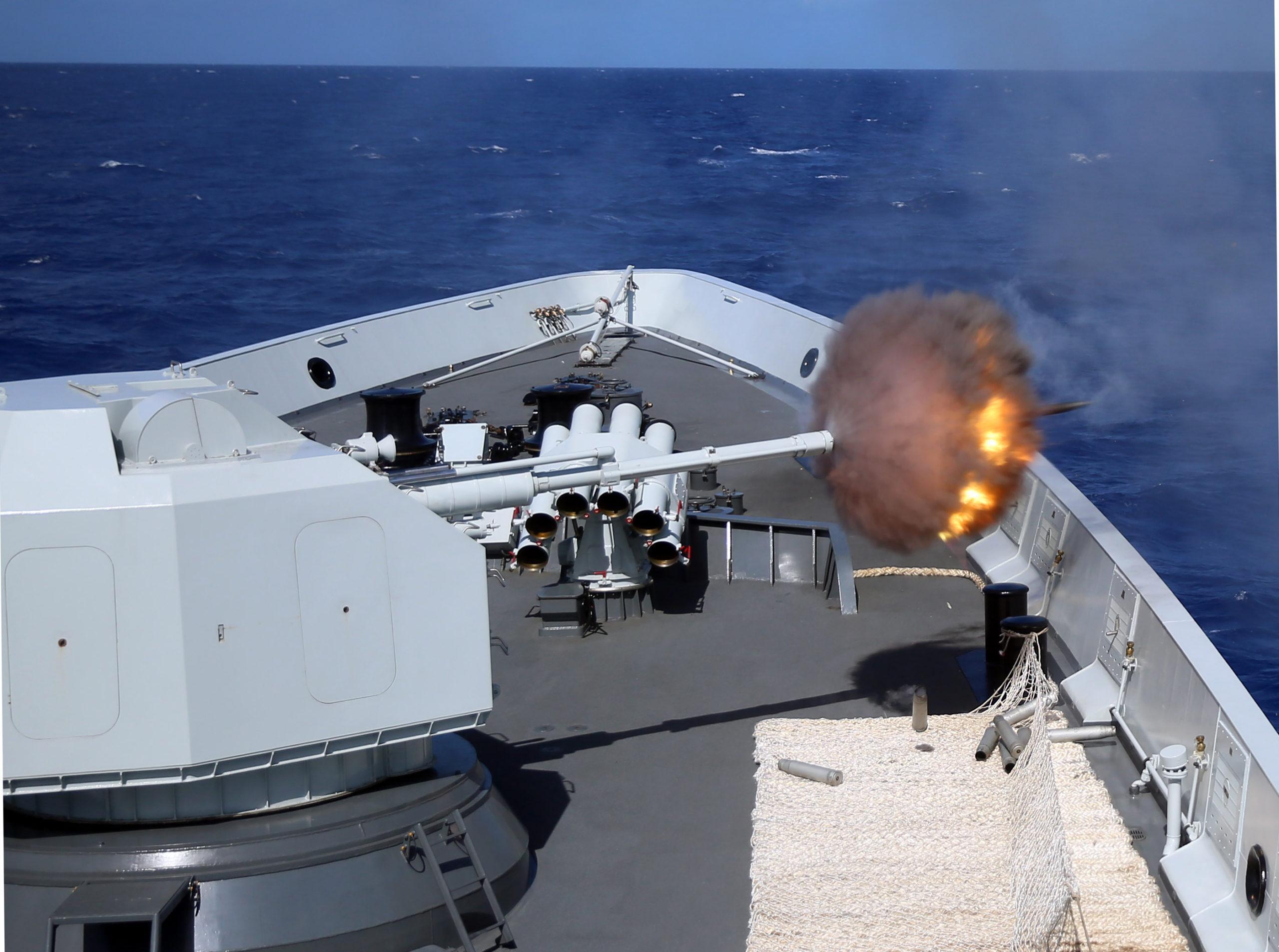ANALYSIS – Communist China's militarized Coast Guard just spent over 80 hours, more than three and a half days, circling the Japanese Senkaku Islands in the East China Sea on Sunday after refusing orders to leave.
This latest incursion is part of China's ever-increasing low-intensity ‘gray zone warfare' against its neighbors and a major part of its quest to steadily dominate the East and South China Seas.
China claims the uninhabited Japanese-controlled islands near Taiwan, which Beijing calls Diaoyu, as part of Taiwan, which China claims in its entirety.
Taiwan also independently claims the islands. However, Taipei and Tokyo signed a resource-sharing agreement in 2013 and have had increasingly warm ties since.
Both see China as a major threat.
The record-long quasi-military Chinese naval deployment, a clear message to Tokyo, was ordered by Chinese leaders as Japan's top diplomat arrived in Beijing for talks over the weekend.
It also comes amid China's increasing cooperation with Russia and Moscow's own recent military harassment of Japan. Two Russian strategic bombers flew over the Sea of Japan for more than seven hours at one point last month.
This aerial warning appeared coordinated with another naval incursion by Chinese Coast Guard vessels near the same islands on the same day.
Newsweek reported that:
The Japan Coast Guard said the Chinese boats harassed a pair of Japanese fishing boats around the island chain in what was now a routine practice. At least one of the Chinese vessels was armed with an “autocannon,” the statement said, in the 67th consecutive day of such operations in the territorial waters or the adjoining contiguous zone of the Senkakus.
The duration of the weekend's intrusion was the longest since Chinese maritime security boats stayed near the Senkakus for 72 hours and 45 minutes on December 22-25.
China claims the Senkakus via its separate claim to Taiwan—they belong to one of the island's counties, according to Beijing's laws. Its coast guard vessels significantly ramped up the rarely interrupted sovereignty patrols after Japan nationalized the islands in 2012.
“Since then, China has been using this as an excuse to send the coast guard and other agencies' ships into Japan's contiguous zone almost every day except for stormy weather days, and these ships intrude into Japanese territorial waters several times a month,” Japan's foreign ministry said on its website.
While the United States doesn't have an official position on who has sovereignty over the Senkakus, it nevertheless recognizes Japan's administration over them, and Article 5 of the U.S.-Japan security treaty covers any attacks on the island group.
This commitment was recently repeated by Joe Biden to Japan's new prime minister, Fumio Kishida, in October 2021 shortly after the latter was inaugurated into office.
Meanwhile, the increasing Chinese military threat to Taiwan and Japan, as well as almost every other nation in the seas near China has prodded the Philippines to go all in on its new Enhanced Defense Cooperation Agreement (EDCA) with the United States.
According to a statement from Philippine officials, the island country is giving the U.S. military access to four more bases controlled by the Armed Forces of the Philippines (AFP).
These include the Naval Base Camilo Osias in Sta Ana, Cagayan; Lal-lo Airport in Lal-lo, Cagayan; Camp Melchor Dela Cruz in Gamu, Isabela and Balabac Island in Palawan, all on the main island of Luzon.
Philippine President Ferdinand Marcos Jr. gave U.S. troops access to four other Philippine military camps on top of the earlier five locations under the EDCA in February.
Maroc has said the main goal of the U.S. access to these sites is to help defend the country's eastern coast, but they would also be used by U.S. forces for humanitarian and relief operations during emergencies and natural disasters.
To ensure the acquiescence of local political leaders unhappy with any permanent U.S. presence, the sites will not be American-run bases but are described as planned for use as storage and warehouse facilities for military logistics.
But let's be clear, both nations are dramatically ramping up their military cooperation. Filipino and American troops are scheduled to hold their largest-ever military exercise this April.
China is definitely not happy about any of this.
The opinions expressed in this article are those of the author and do not necessarily reflect the positions of American Liberty News.
READ NEXT: Republicans Reach An Impasse On Sacred Government Cows



Rerun WW2??
Yeah, probably. Those that don’t learn from history, are doomed to repeat it.